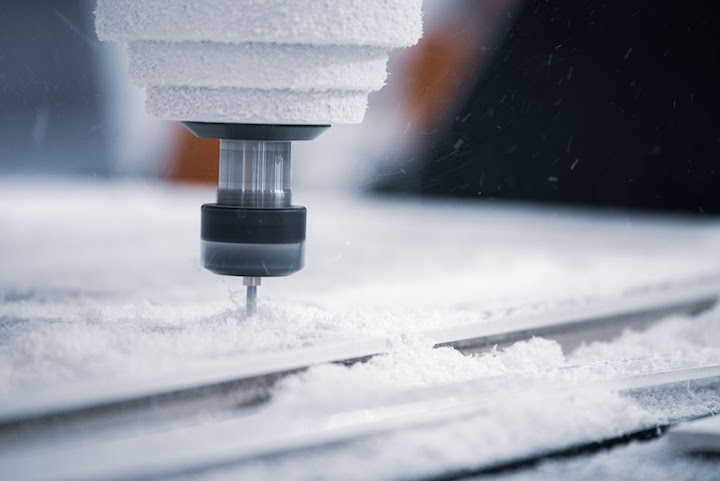CNC machining has become a preferred method for processing various materials due to its precision, efficiency, and versatility. When it comes to processing acrylic, CNC machining stands out for several reasons. This post will delve into why CNC machining is an excellent choice for working with acrylic, exploring its benefits, applications, and key considerations.
Benefits of CNC Machining for Acrylic
Precision and Accuracy:
CNC machining offers unparalleled precision and accuracy, which is crucial for acrylic components. Acrylic parts often require tight tolerances and complex geometries, and CNC machines can achieve these specifications with high repeatability. This precision ensures that each part is produced to exact standards, minimizing errors and reducing waste.
Smooth Surface Finish:
One of the significant advantages of CNC machining for acrylic is the ability to produce a smooth surface finish. CNC machines can achieve high-quality finishes that are essential for applications where optical clarity and aesthetic appeal are important. This smooth finish is achieved through precise control of cutting tools and speeds, reducing the need for extensive post-processing.
Complex Geometries:
CNC machining can handle intricate designs and complex geometries that might be challenging with other manufacturing methods. This capability allows for greater design flexibility and innovation in creating custom acrylic parts. Whether it’s intricate patterns, detailed engravings, or complex shapes, CNC machining can bring these designs to life.
Efficiency and Speed:
CNC machining is highly efficient, enabling rapid production of acrylic parts. The automated nature of CNC machines reduces manual labor and speeds up the manufacturing process. This efficiency is particularly beneficial for prototyping and small to medium production runs, where quick turnaround times are essential.

Material Versatility:
Acrylic comes in various types, including cast and extruded acrylic, each with its unique properties. CNC machines can handle different types of acrylic, providing versatility in material selection based on the specific requirements of the application. This flexibility ensures that the best type of acrylic is used for each project.
Cost-Effectiveness:
While the initial investment in CNC machinery can be high, the long-term benefits include reduced labor costs, minimized material waste, and lower error rates. These factors contribute to overall cost savings, making CNC machining a cost-effective solution for producing high-quality acrylic parts.
Reduced Waste:
Due to its precise manufacturing methods, CNC is able to cut acrylic with optimal force, avoiding irreversible damage. This allows for the quick and efficient production of acrylic components with precise shapes and sizes. Using CNC increases accuracy and minimizes waste in the manufacturing process.
Key Considerations for CNC Machining Acrylic
When CNC machining acrylic, several factors must be considered to achieve the best results:
Tool Selection:
Using the right cutting tools is crucial for machining acrylic. Carbide tools with sharp edges are recommended to minimize chipping and achieve a smooth finish. The tool geometry and coating can also impact the quality of the cut.
Cutting Speeds and Feeds:
Properly setting the cutting speeds and feeds is essential to avoid melting or cracking the acrylic. Lower cutting speeds and higher feed rates can help reduce heat buildup and prevent material deformation.
Coolant and Lubrication:
Using coolant or lubrication can help dissipate heat and reduce friction during machining. However, it’s important to choose a coolant that is compatible with acrylic to avoid chemical reactions that could damage the material.
Fixturing and Clamping:
Securely fixturing and clamping the acrylic workpiece is important to prevent movement and vibration during machining. Soft jaws or protective materials can be used to avoid marring the surface of the acrylic.
Post-Processing:
Depending on the application, post-processing steps such as polishing, buffing, or flame polishing may be necessary to achieve the desired surface finish and clarity.
Conclusion
CNC machining is an excellent choice for processing acrylic due to its precision, efficiency, and versatility. By leveraging CNC technology, manufacturers can produce high-quality acrylic components that meet exacting standards and complex design requirements. Whether for prototyping or full-scale production, CNC machining provides a reliable and cost-effective solution for creating custom acrylic parts across various industries.



